Home Insulation, How Much do I need & Where?
Think of the heat in your home as if it were water behind a dam隔热层就是大坝的混凝土墙。你会随机选择混凝土墙的高度,还是想要一个均匀的混凝土水平,以尽可能多的蓄水?你肯定不希望一边有极高的墙,另一边有较低的墙;热运动和绝热之间的关系有点像这样。
The cold hard facts about heat loss:
- Yes, a bit more heat is lost through the ceiling than the walls, but not nearly as much as much as you might think. The rate of heat loss from any surface of your home depends on the difference in temperature, and it just isn't that different at the ceiling compared to the walls. And on a related topic, another debunked urban legend that stuck in my head most my life is that90% of body heat is lost through your head. It just ain't so, for your head or your roof.
- You won't gain heat from an un-insulated basement floor in winter. Heat moves from warm to cold seeking equilibrium, and the ground in Canada is roughly 4-7° Celsius when you go down 5 or more feet. So unless you keep your basement colder than say 7° C, you will lose heat to the ground, not gain it. And if itISthat cold down there, you should probably insulate the floor above, or it will rob heat from upstairs to keep feeding into the ground, not to mention give you chilly feet in the process.
- If you have in-floor radiant heat in the basement and only 2 inches of insulation (which is pretty standard), you'll be losing most of your heat down there and not the attic as you might suspect. That is a perfect example of misplaced resources and unbalanced insulation if you have a fluffy R60 blanket in the ceiling but a poorly insulated slab floor.
- Air leaks are responsible for a surprisingly large amount of heat loss, soplan your air barrier wellin the design phase and be very meticulous with air sealing when working onsite.
- High-quality windowson the south can gain more heat in the day than they lose at night, giving you a net heat-gain. Windows on all other sides always result in a net heat-loss, so keep that in mind, buy good ones and don't make them overly large for no reason.
- Surpassing the insulation requirements of building codes might save you moneynot only in the future, but immediately. The purchase and installation of greater levels of insulation will increase building costs and your mortgage payment every month, but that can often be offset entirely when you are rewarded with lower utility bills. Meaning, your monthly expenditures for a better house may be about the same at first, but would be much cheaper once your mortgage is paid.
有一种趋势是在某种程度上随机地、不平衡地加强建筑围护结构的绝缘。诚然,你在任何地方放置的隔热材料越多,就会减缓那个地方的热量损失,但问题仍然存在,这种隔热材料是否可以在其他地方更好地使用?答案通常是肯定的。
Energy modeling can help determine how much heat would be lost from each surface of a home; armed with that knowledge you can apply your insulation dollars in a way that they give you the most comfort and the best return on investment. If you're building new and have enlisted the help of a designer or architect, ask how they arrived at their conclusions as to how much insulation to put in different locations, and if energy modelling was involved.

Choosing the right windows:
Another case of balancing your thermal envelope is in terms ofwindow quality. Having an extremely well-insulated wall is great, but if you blew the budget on insulation and had to put in low-quality windows, they become the weak link in the chain and you can effectively undo all your own efforts to reduce heat loss.
So in the case of a super-insulated wall with cheap windows, the loss of thermal performance of that entire wall section (windows included) may have been a more expensive option than reducing the insulation level slightly and applying that money to a much higher quality window.
In Conclusion, How much Insulation is best?
Balancing insulation is about respecting the laws of diminishing returns. Example - If I have a wall with just 2 inches of insulation and I add another 2 inches, I will certainly get my money out of it. If I have a wall with 30 inches of insulation and I add 2 inches, I may never get my money out of it.
The amount of additional heat saved by that relatively paltry addition becomes so small that the energy required for manufacturing and the money required to purchase it may exceed any savings over the entire life of a house. So there is balanced insulation in a nutshell - spread it evenly and in the right amounts for the right areas and you will get the most out of your investment.


















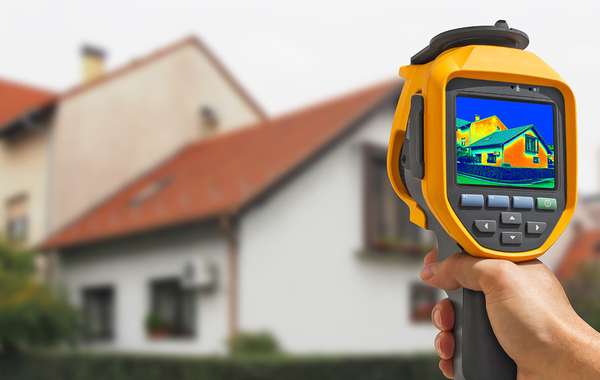

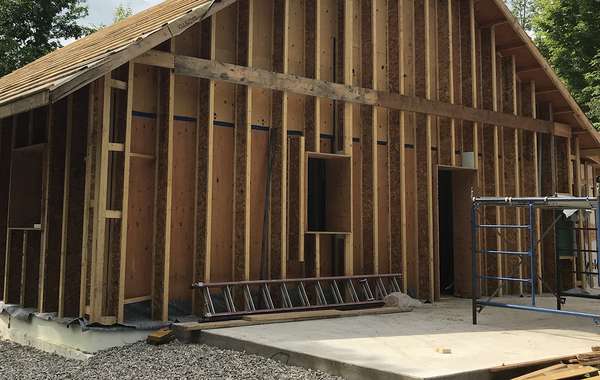
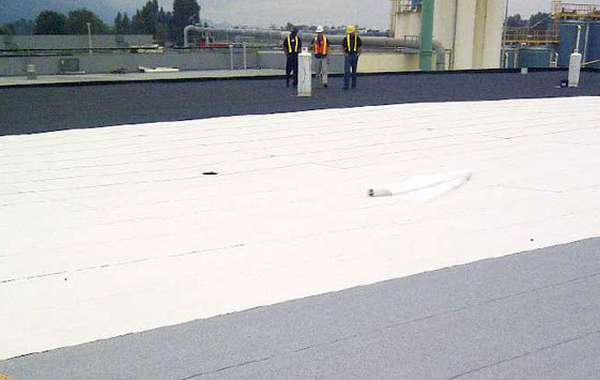
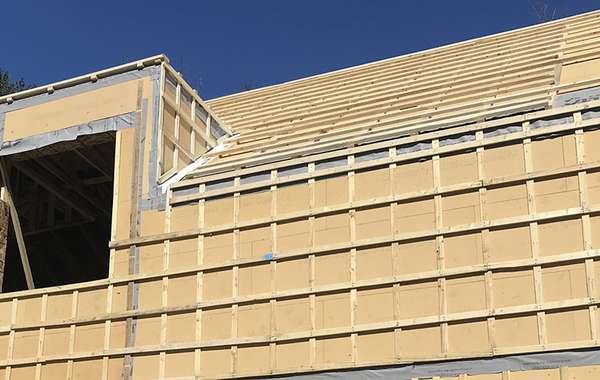
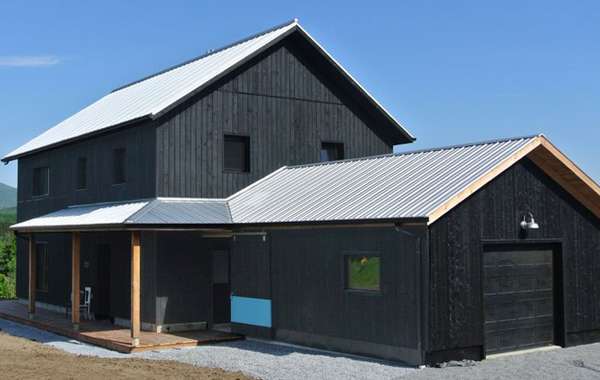
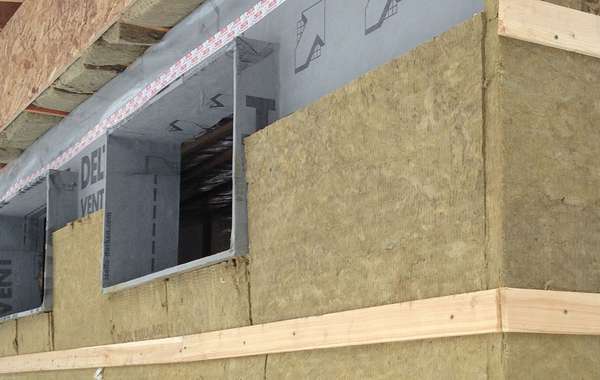
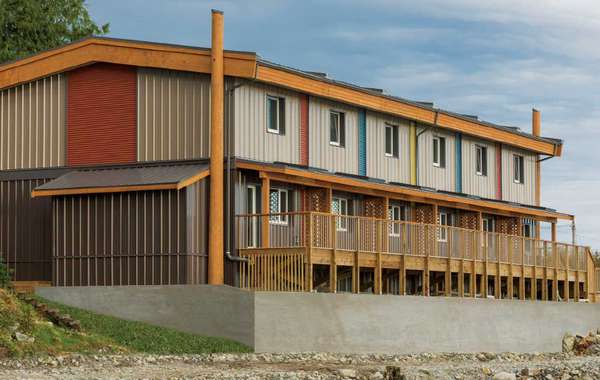
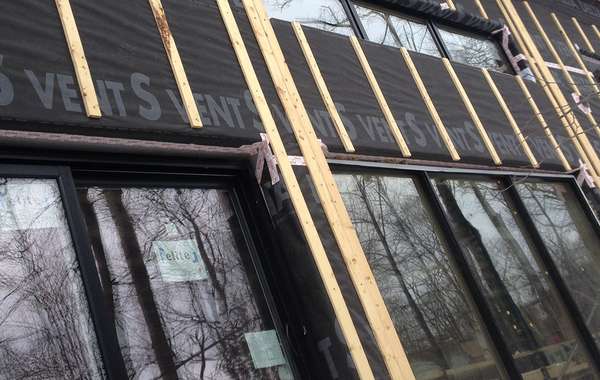
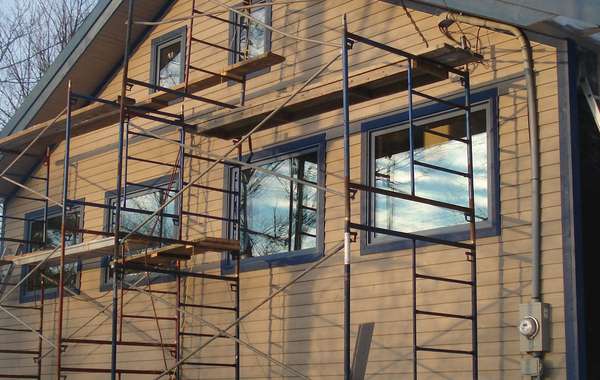
If the date for this article is correct, Nov. 10, 2016, there have been significant changes in the building industry. I noticed you don't speak much about closed cell spray foam as a building envelop material.....why?
Hi Robert, yes it is an older page. The spray foam industry had a heavy environemental impact, until recently as a few manufacturers have switched tosafer blowing agents, you can read more here. Best regards.